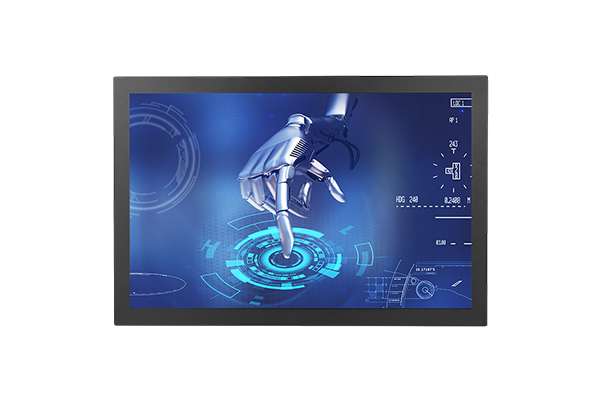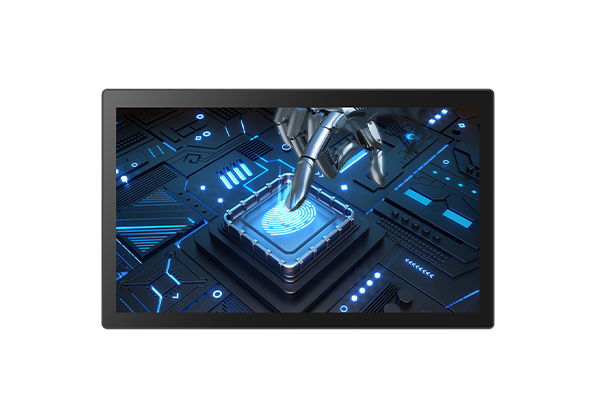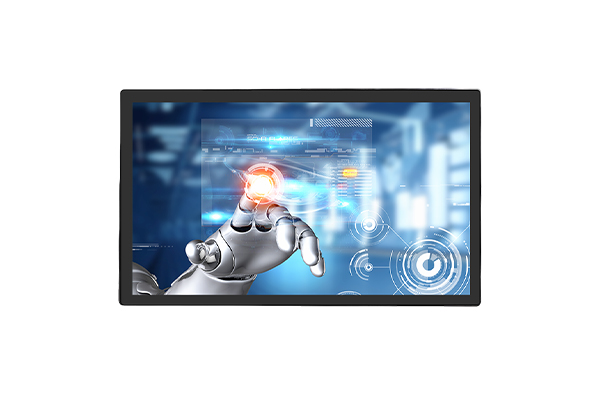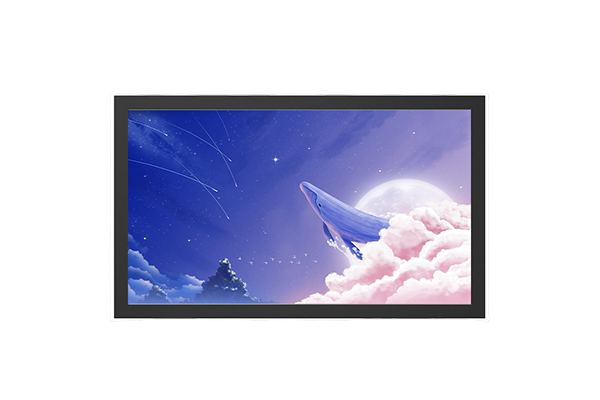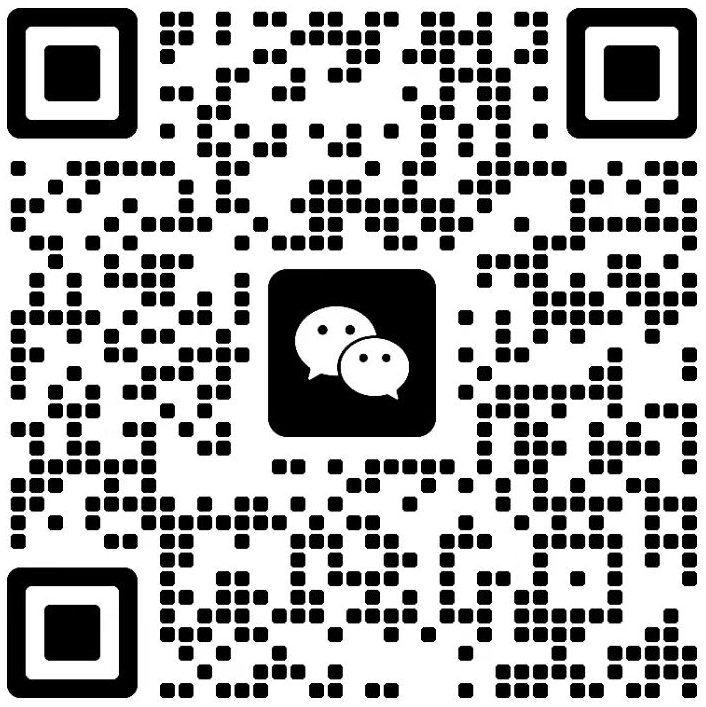What are the advantages of combining high-definition display and touch control of touch monitor? Can it enhance the information interaction effect?
Release Time : 2025-07-23
Touch monitor combines high-definition display with touch function, which first forms an advantage in the clarity of information presentation. High-definition display technology (such as 4K resolution) can make text, images, charts and other contents present delicate details, and the dense arrangement of pixels makes the edges of the picture smoother and the color reproduction closer to reality. When this high-definition picture quality is combined with touch operation, users will not make mistakes due to blurred images when clicking, sliding or zooming information. For example, when viewing complex data reports, high-definition display makes the small words in the table clearly legible, and the touch function allows users to directly click on the cell to view the details, avoiding the accuracy limitations of traditional mouse operations and making information acquisition more efficient.
This combination can significantly improve the intuitiveness of operation and shorten the interaction distance between people and information. The interactive elements such as icons and buttons on the high-definition screen of the touch monitor can be designed to be more refined and layered, and users can quickly locate the target function through vision; and the instant response of touch eliminates the intermediate link of "visual recognition - hand movement to mouse - accurate click", realizing direct interaction of "what you see is what you click". In teaching scenarios, teachers circle the key points of courseware on high-definition touch monitors with their fingers. Students can not only see the detailed annotations, but also intuitively understand the logical relationship through the teacher's touch actions. The efficiency of information transmission is nearly doubled compared to the traditional "blackboard writing + mouse operation".
For the interaction of dynamic information, the combination of high-definition display and touch is more advantageous. When playing videos or dynamic charts, high-definition picture quality can ensure smooth and natural color transition; and the touch function allows users to pause, drag the progress bar or zoom in on the local picture at any time to explore the content of interest in depth. For example, in product demonstrations, customers can use their fingers to slide the 3D model on the high-definition screen to observe the product details from different angles. At the same time, the high-definition display of the screen can clearly present the material texture and structural characteristics, so that abstract information can be transformed into an interactive concrete experience and enhance the depth of understanding.
In multi-person collaboration scenarios, this combination can break the limitations of information interaction. High-definition display ensures that when multiple people watch the screen at the same time, they can see the content clearly no matter what angle they are in; while multi-touch technology supports multiple people to operate on the screen at the same time. For example, during a team discussion, members can each use their fingers to mark different parts of the plan. The high-definition screen can clearly distinguish the marking tracks of different colors to avoid information overlap and confusion. This real-time multi-person interaction mode can stimulate discussion efficiency more than taking turns to speak or passing the mouse, making information collision more direct and full.
The combination of high-definition display and touch can also enhance the immersion of information interaction. The realistic visual effect created by high-definition picture quality, combined with instant feedback during touch (such as vibration and sound effects), can give users an "immersive" operation experience. In the virtual exhibition hall, users use their fingers to slide the high-definition screen to "walk" in the exhibition hall, and touch the exhibits to view the high-definition introduction. The dual stimulation of vision and touch makes information reception from passive to active, and the memory retention rate is about 60% higher than that of simple viewing. This immersion is particularly suitable for scenarios such as education and exhibitions that require in-depth information transmission.
For information interaction of precision operations, the combination of the two can improve accuracy and flexibility. The high-definition display makes the subtle operation nodes clearly visible, while the pressure sensing or multi-point recognition function of the touch supports more complex gesture operations. For example, in the design software, you can use two fingers to zoom in and out the details of the drawing on the high-definition screen, and use another finger to draw lines at the same time. The high-definition image quality ensures the accurate presentation of the lines, and the sensitivity of the touch makes the drawing process smooth and natural. This "what you see is what you get" precise interaction reduces more than 30% of operation errors compared to the traditional "keyboard + mouse" operation, making professional-level information processing more efficient.
Overall, the combination of high-definition display and touch fundamentally optimizes the entire process of information interaction: high-definition display solves the problem of "seeing clearly" and provides a high-quality visual foundation for interaction; the touch function solves the problem of "convenient operation" and shortens the interaction path. The two complement each other, allowing the transmission, reception, and feedback of information to form a closed loop, which not only improves the efficiency of a single interaction, but also stimulates the user's desire to actively explore information, transforming information interaction from one-way transmission to two-way interaction, and ultimately significantly enhancing the overall interaction effect, showing irreplaceable advantages in multiple fields such as office, education, and exhibition.


